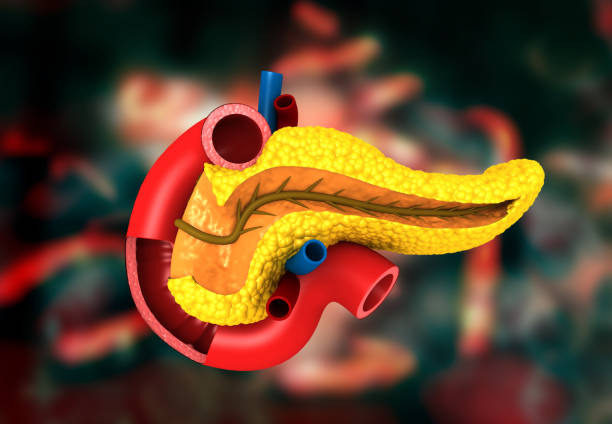
Introduction
GLP-1 (Glucagon-Like Peptide-1) is a vital hormone that regulates insulin release to manage blood sugar levels. Recently, concerns have arisen regarding its possible connection to pancreatitis, an inflammation of the pancreas. This article explores the relationship between GLP-1 and pancreatitis, addressing both its benefits and potential risks.
What is GLP-1?
GLP-1 is a hormone produced in the gut that plays a crucial role in regulating glucose metabolism. It stimulates insulin secretion in response to meals, helping to lower blood sugar levels. This makes it an important therapeutic tool in managing type 2 diabetes.
Understanding Pancreatitis
Pancreatitis involves inflammation of the pancreas, which can be acute or chronic. Symptoms include severe abdominal pain, nausea, and vomiting. In severe cases, it can lead to complications such as pancreatic necrosis. For more information on managing diabetes effectively with GLP-1 therapy, visit BrightMeds.
The Controversy: Does GLP-1 Cause Pancreatitis?
Research has suggested a potential link between GLP-1 receptor agonists (medications that mimic GLP-1) and an increased risk of pancreatitis. While causality isn’t fully established, some studies have reported cases of pancreatitis in patients using GLP-1 agonists. However, it’s important to note that the overall risk appears to be low.
Benefits of GLP-1 Therapy
Despite concerns about pancreatitis, GLP-1 therapy offers significant benefits in managing diabetes. It improves blood sugar control, promotes weight loss, and may reduce cardiovascular risk factors. These advantages have made GLP-1 agonists a preferred choice for many healthcare providers treating type 2 diabetes.
Conclusion
In conclusion, while GLP-1 therapy provides substantial benefits in managing blood sugar levels and promoting weight loss, its potential link to pancreatitis requires careful consideration. Patients and healthcare providers should weigh these benefits against the risks and monitor for pancreatitis symptoms during treatment. Understanding this relationship is crucial for optimizing diabetes care.
FAQs
What are the symptoms of pancreatitis?
Pancreatitis symptoms include severe abdominal pain, nausea, vomiting, and fever.
Who is at risk of developing pancreatitis while using GLP-1 agonists?
While anyone using GLP-1 agonists may be at risk, individuals with a history of pancreatitis or gallstones may face a higher risk.
How can the risk of pancreatitis be minimized during GLP-1 agonist use?
Healthcare providers monitor patients closely for signs of pancreatitis and assess individual risk factors before initiating treatment.
Are there alternative diabetes treatments without a pancreatitis risk?
Yes, there are alternative diabetes medications available. Consult your healthcare provider to explore the best options for your condition.
What should I do if I experience symptoms of pancreatitis while on GLP-1 therapy?
Seek immediate medical attention. Early detection and intervention are crucial for managing pancreatitis effectively.